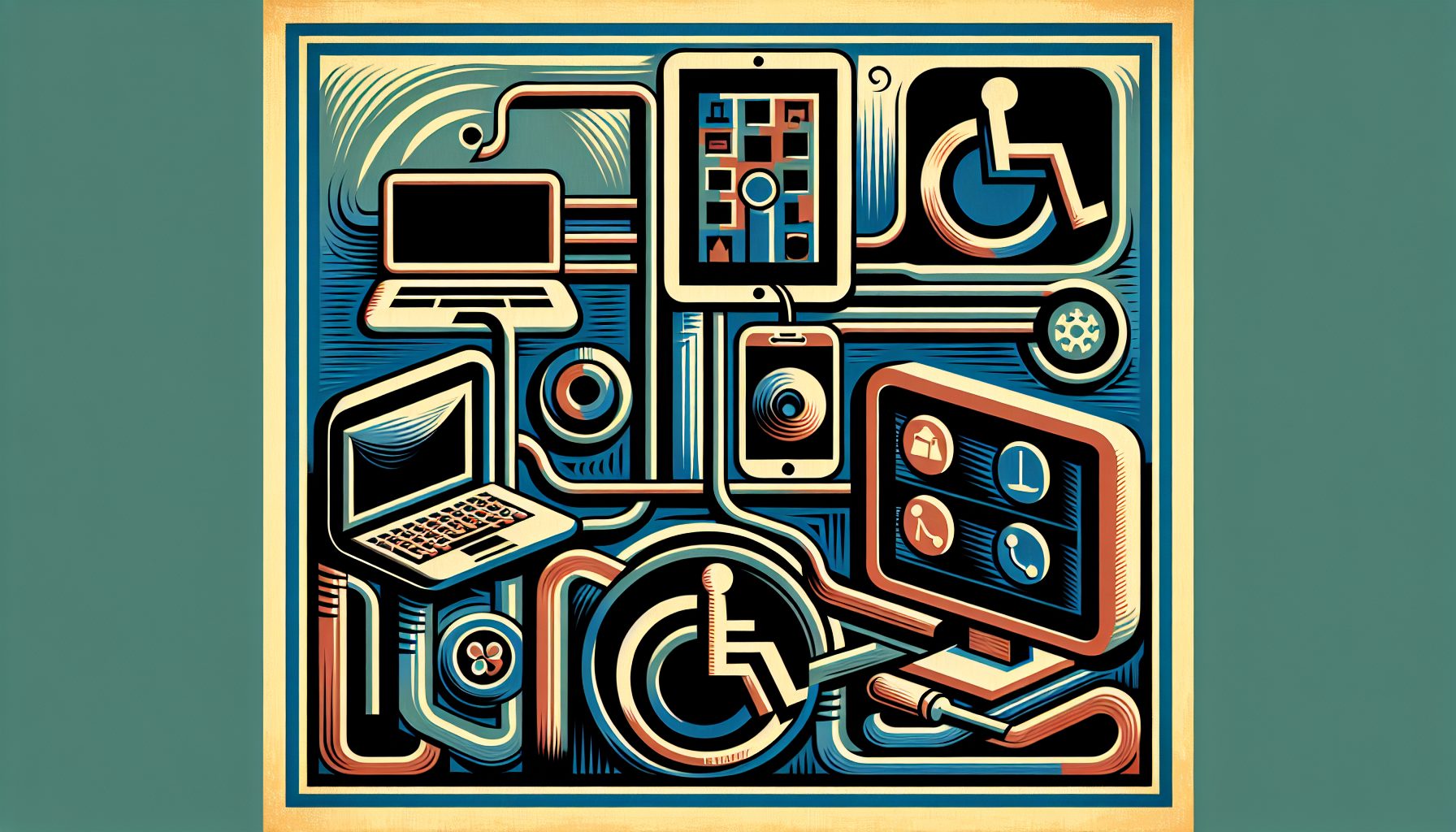Amazon, the global e-commerce giant, has recently announced the launch of its revolutionary new robotics system called “Sequoia.” This cutting-edge technology aims to enhance warehouse operations by streamlining the picking and placing of products, while also prioritizing employee safety and well-being. With Sequoia, Amazon is taking another significant step towards optimizing its fulfillment centers through the implementation of robotics.
Revolutionizing Warehouse Operations with Sequoia
Sequoia introduces a range of innovative features designed to empower employees and improve overall efficiency. The system includes robotic arms, gantry systems, and a mobile shelving unit that transports totes to a new employee workstation. By utilizing these advanced technologies, Amazon eliminates the need for employees to reach and squat, reducing the risk of injuries associated with repetitive motion.
According to Scott Dresser, Vice President of Amazon Robotics, Sequoia has been developed with ergonomics in mind. The workstation presents products to employees in totes within their ergonomic “power zones,” which range from mid-thigh to mid-chest height. This strategic positioning ensures that employees can access items comfortably and efficiently, without the need for excessive bending or stretching.
In contrast to Amazon’s current workstations, which require employees to reach far above their heads or bend down to pick or place items, Sequoia revolutionizes the process. Instead of tall mobile shelving units with cubbies, the system employs mobile drive units to transport totes. This innovative approach further enhances the ergonomic design of the workstation, reducing physical strain on employees and promoting a safer work environment.
Prioritizing Employee Safety and Well-being
Amazon’s implementation of Sequoia is part of a broader effort to enhance warehouse safety across its fulfillment, sortation, and delivery facilities. As the company faces growing scrutiny regarding employee injuries and safety practices, the introduction of this advanced robotics system is a testament to their commitment to addressing these concerns proactively.
By automating certain tasks that involve repetitive motion, Amazon aims to reduce the risk of injuries caused by strain and fatigue. Sequoia works in conjunction with Sparrow, another Amazon robot capable of automatically picking and placing individual items in totes. This collaborative effort between humans and robots not only improves efficiency but also mitigates potential safety hazards associated with manual labor.
Furthermore, Amazon has recently announced plans to collaborate with Agility Robotics, an investor in the company, to test a bipedal humanoid robot called Digit. This robot will be utilized to move empty totes at one of Amazon’s facilities south of Seattle. Agility Robotics plans to mass-produce Digit robots at a manufacturing facility in Salem, Oregon, further highlighting the company’s dedication to embracing cutting-edge technology to optimize warehouse operations.
Unveiling the Future of Robotics and Transportation
In order to showcase its latest advances in robotics and transportation, Amazon organized an annual event called “Delivering The Future.” This event, held at a warehouse in Sumner, Washington, served as a platform for the company to demonstrate the capabilities of Sequoia and other groundbreaking technologies to reporters from around the world.
The event provided a glimpse into the future of warehouse operations, where innovative robotics systems and automation play a pivotal role in optimizing efficiency, enhancing employee safety, and meeting the ever-increasing demands of the e-commerce industry. Amazon’s commitment to staying at the forefront of technological advancements ensures that they continue to set the bar high for warehouse operations across the globe.
See first source: GeekWire
FAQ
What is Amazon’s Sequoia robotics system, and what is its purpose?
Sequoia is Amazon’s revolutionary robotics system designed to enhance warehouse operations. Its primary goal is to streamline the picking and placing of products while prioritizing employee safety and well-being.
How does Sequoia improve warehouse operations and employee safety?
Sequoia employs robotic arms, gantry systems, and a mobile shelving unit to eliminate the need for employees to reach, squat, or engage in repetitive motions. The system presents products to employees within their ergonomic “power zones,” reducing the risk of injuries associated with bending or stretching.
What sets Sequoia apart from Amazon’s current workstations?
Sequoia differs from Amazon’s existing workstations by employing mobile drive units to transport totes, enhancing the ergonomic design of the workstation. This innovative approach minimizes physical strain on employees and promotes a safer work environment.
Why is Amazon prioritizing employee safety and well-being through Sequoia and other initiatives?
Amazon’s focus on employee safety is in response to growing scrutiny regarding workplace injuries and safety practices. Sequoia’s implementation is part of a broader effort to address these concerns proactively and create a safer work environment.
How does Sequoia work in collaboration with other Amazon robots like Sparrow?
Sequoia collaborates with Sparrow, another Amazon robot capable of picking and placing individual items in totes. This collaboration improves efficiency and mitigates potential safety hazards associated with manual labor.
What is the role of Agility Robotics in Amazon’s robotics initiatives?
Amazon plans to collaborate with Agility Robotics to test a bipedal humanoid robot called Digit for moving empty totes at one of its facilities. Agility Robotics intends to mass-produce Digit robots, highlighting Amazon’s commitment to embracing cutting-edge technology in warehouse operations.
What event did Amazon organize to showcase its robotics and transportation advancements?
Amazon organized an annual event called “Delivering The Future” at a warehouse in Sumner, Washington. This event served as a platform to demonstrate Sequoia and other groundbreaking technologies to reporters from around the world.
What are the key benefits of Amazon’s Sequoia robotics system for warehouse operations?
The key benefits of Sequoia include enhanced efficiency, improved employee safety, and the ability to meet the growing demands of the e-commerce industry through advanced automation and robotics.
How does Sequoia contribute to a safer and more ergonomic work environment for Amazon employees?
Sequoia’s design places products within employees’ ergonomic “power zones,” reducing the need for bending, stretching, or reaching. This ergonomic approach minimizes the risk of injuries associated with repetitive motion.
What is the significance of Amazon’s commitment to staying at the forefront of technological advancements in warehouse operations?
Amazon’s dedication to technological advancements ensures that it remains a leader in optimizing warehouse operations, setting high standards for the industry in terms of efficiency, safety, and meeting the demands of e-commerce.
Featured Image Credit: Wicked Monday; Unsplash – Thank you!









